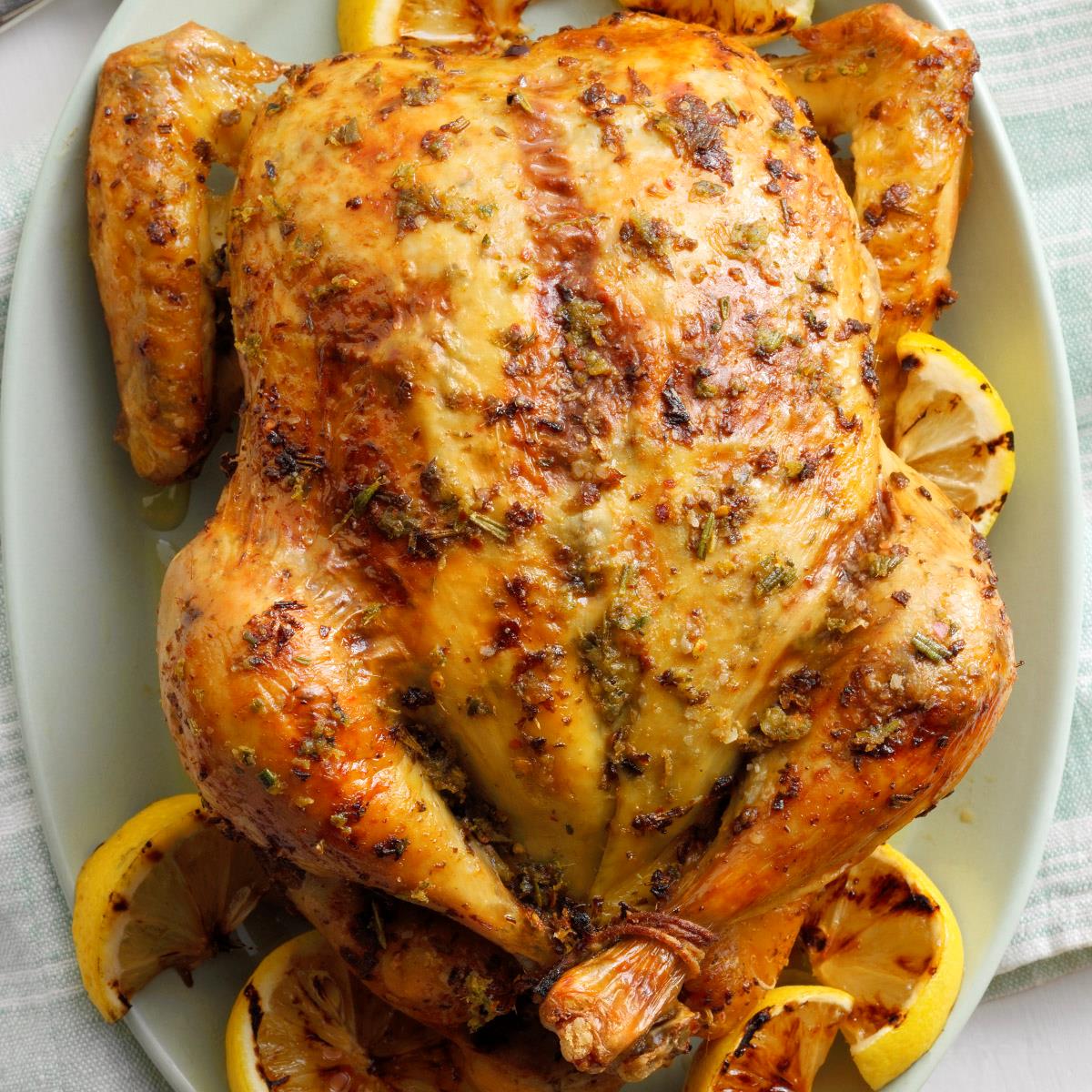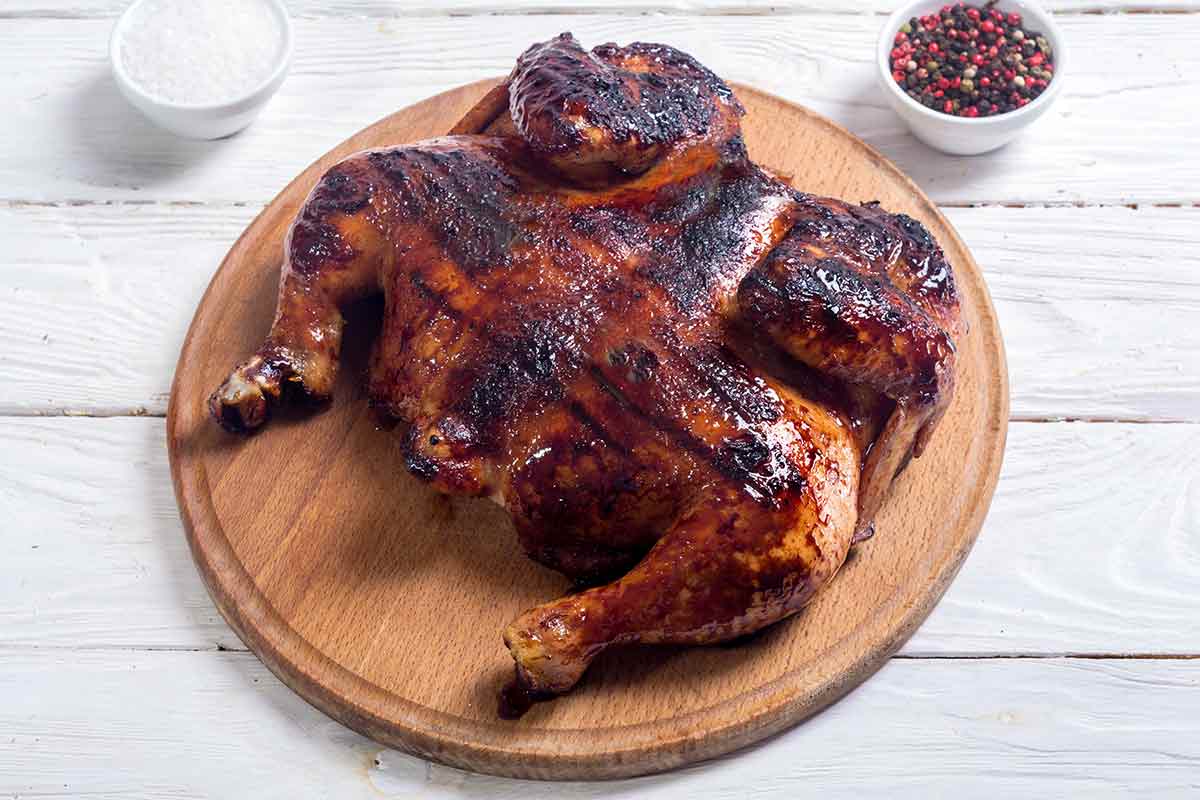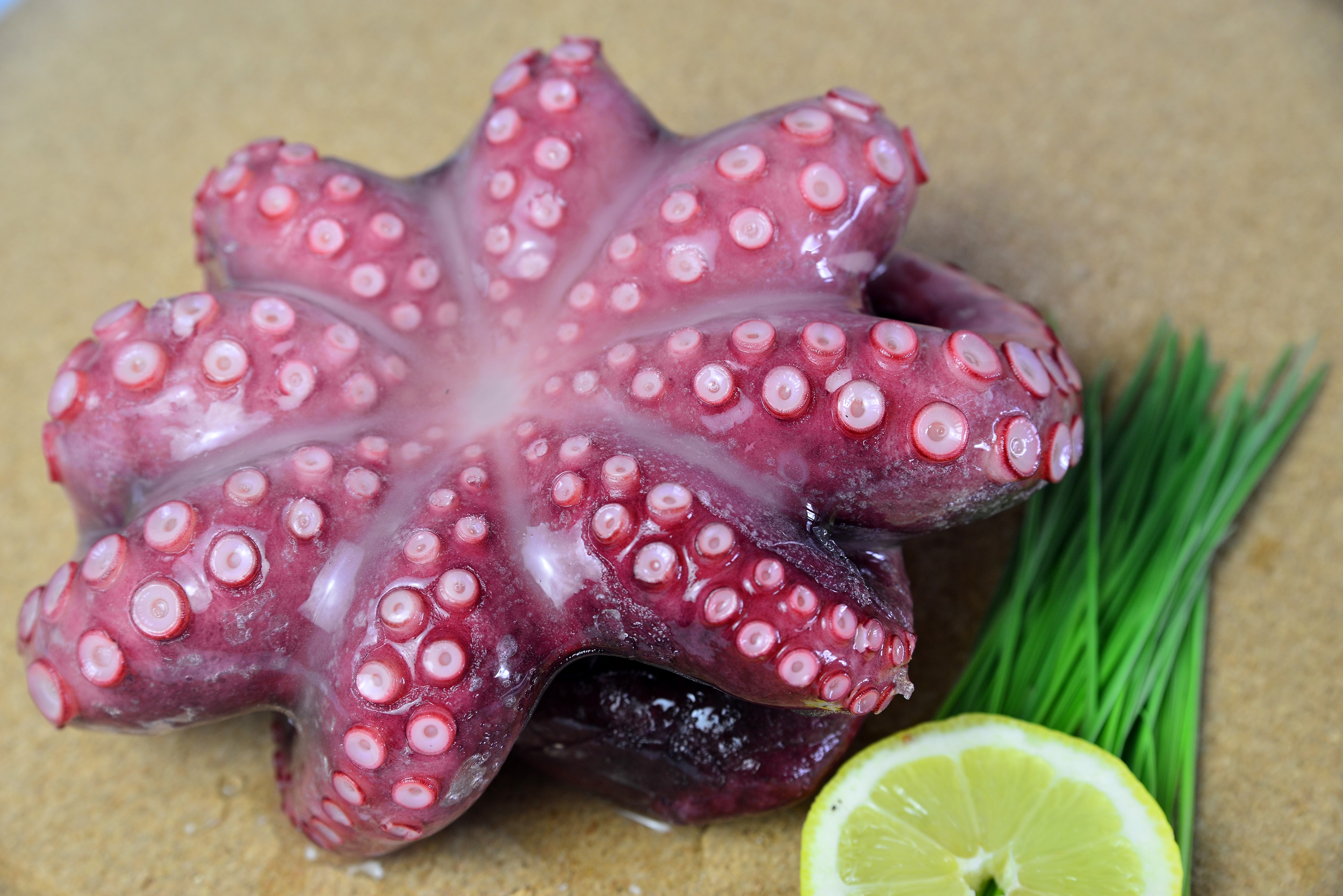How to Modify Multigrain Bread with Your Beloved Grains
Making healthy loaves can be gratifying when you craft them with grains of your choice. People frequently pursue modest ways to make their own healthy portions. You can purchase multigrain bread online to learn from textures and blend thoughts before making your version. Making it yourself aids control of taste, texture, and nourishment. With cautious mixing and stable grains, you can relish something both bright and wholesome.
Choosing the Right Grains
Selecting grains is the first step toward balance. Pick from soft or firm choices based on your taste preference and texture. Retain them fresh, clean, and lightly baked before adding.
Adding Natural Flavor
Enhancing taste naturally helps the loaf stand out. Mild flavors blend easily with grains and make a pleasing aroma. Follow these tips to enrich its taste smoothly:
- Use mild seeds or herbs for extra fragrance.
- Try natural sweeteners in small amounts.
- Combine ground spices lightly for aroma balance.
- Keep salt levels moderate for a pleasant taste.
- Mix ingredients slowly for an even flavor spread.

Benefits of Using Mixed Grains
A mixture gives variety and better nutrient content. Each grain brings unique goodness that adds both taste and nourishment to every slice without losing its simple homemade appeal.
Grain Mixing Techniques
When preparing your mixture, stir gently to maintain even distribution and texture. Keep your mix balanced for softness and lightness with an even crumb. Here are helpful tips to follow:
- Combine soaked grains with flour slowly for smoother results.
- Mix manually instead of mechanical blending to prevent overmixing.
- Maintain room temperature water for blending better dough consistency.
- Let mixture rest before kneading to activate natural moisture.
- Avoid adding too much grain to keep slices from turning dense.
Blending for Texture Variety
Different textures make every bite delightful. Mixing finely ground and whole options ensures balanced softness. Blending helps maintain even baking and keeps slices airy with better moisture retention.
Baking with Grain Blends
Creating balanced baking conditions ensures perfect results every time. Proper heat and hydration are important for golden crusts. Follow these useful steps to perfect your loaf:
- Use moderate heat for even baking without drying edges.
- Keep dough slightly moist for a tender outcome.
- Allow the loaf to rise properly before baking.
- Bake longer if heavier grains are used.
- Cool completely before slicing to maintain structure.
Preparing Grains Before Use
Before baking, make grains by soaking or toast the grains. This enhances their softness and improves natural flavor. Soaked grains add tenderness while toasted ones create mild crispness when baked together.
Storage and Freshness Tips
Keeping your loaf soft is simple when stored correctly. Moisture control helps maintain softness and prevents early dryness. Try following these useful points:
- Store in breathable wrapping for lasting freshness.
- Keep in a cool, dry area.
- Avoid refrigeration as it hardens quickly.
- Slice only when needed for longer softness.
- Wrap leftover slices tightly to preserve texture.
Every loaf progresses when grains are selected wisely. Controlling texture, density, and moisture gives better structure. You can also order multigrain bread online to compare quality and learn the texture change between variations. With preparation and patience, you can achieve the same gentleness and balanced crunch in your kitchen.







